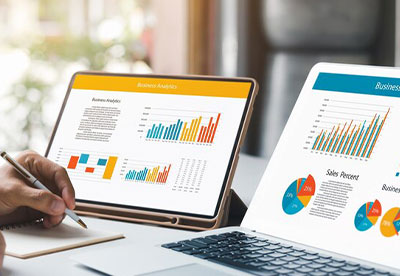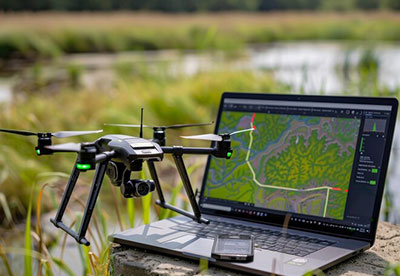Earlier chatbots were primarily used for answering simple customer queries and sharing basic service information. However, now the role of chatbots has been extended, performing a wide range of functionalities. From offering personalized responses, to conducting transactions, chatbots are revolutionizing the way how businesses used to interact with customers, saving manpower, money, and time.
As per Statista, the size of the chatbot market is forecasted to reach around 1.25 billion U.S. dollars in 2025, a whooping increase from the market size as compared to 2016 which stood at 190.8 million U.S. dollars. Moreover, as per Gartner, conversational bots will become the primary customer service channel for almost a quarter of organizations.
Businesses are using chatbots not just to streamline business processes, but to act as an initial point of contact and interact with users to ultimately convert them to potential leads. Eventually, they can increase your revenue.
When designed correctly, chatbots can improve customer experience and drive business growth at a lower cost than live interaction. For this purpose, let’s dig into the top AI Chatbots and how they can be useful for designers-
Adobe Sensei
Adobe Sensei aids in creating an unlimited number of images with the Firefly generative AI tool. It offers various features within Adobe’s design tools, for instance, Adobe Photoshop and Adobe Illustrator, helping designers in automating repetitive tasks such as image editing.
Botpress
A user-friendly chatbot platform, botpress provides a range of features and tools to create powerful and customizable chatbots. It includes a visual flow editor that allows designers to create and modify conversation flows without writing code.
IBM Watson Assistant
IBM Watson Assistant is a versatile tool for designers, helping them streamline their workflows, collaborate more effectively, and create more innovative and user-friendly designs. One of its key strengths is its ability to help designers build chatbots or assistants quickly and easily.
Invision
Invision is a digital product design platform used for creating interactive prototypes, collaborating on designs, and collecting feedback from stakeholders. It’s widely used in the design industry for its ease of use and comprehensive feature set.
If you ever feel confused about how to embrace chatbots for testing designs, we are going to share tips that will help you initiate testing swiftly. Here are some tips and best practices for designers aiming to create a wholesome chatbot experience –
Decide the Purpose of Chatbot Testing
Before starting the testing process for a chatbot, it is essential to define specific goals to evaluate the chatbot’s success and improve its design. Designers should first understand the value the chatbot will add for the users. For instance, for different industries, the conversation between the bot and the user will be different. By testing the chatbot, designers can validate their design assumptions, identify areas for improvement, and ensure that the chatbot meets the needs and expectations of users.
Pick the Right Chatbot Platform
There are various chatbot development platforms available, each having its strengths and weaknesses. Choose one that suits your technical expertise, budget, and the complexity of your chatbot design. For such purpose, research various platforms and compare their features, such as AI capabilities and integration options to find the best fit for your goals.
Focus on your Target Audience and Accordingly Decide the Tone of Voice for Chatbot
Focusing on your target audience is paramount when deciding the tone of voice for your chatbot. Consider the demographics and preferences of users to determine the appropriate tone. This helps in creating a cohesive brand experience and makes your chatbot more relatable to users. Once you are aware of the target audience’s tone you can make design decisions accordingly and test designs with chatbots.
Conduct A/B Testing
A/B testing is a great way to gather data and make data-driven decisions for design improvement. Designers can test their variations of chatbot design including what font size, font color, and button placements work and resonate best for users. This will help to check which design variation performs better. Thus, A/B testing can reveal surprising user preferences and help you refine your design in unexpected yet impactful ways.
Analyse User Behavior and their Feedback
Analyzing user behavior is an effective way of refining your designs. This can be done by gathering user feedback through surveys and asking open-ended questions to detect the pain points of users. For instance, when users reach the end of the conversation, a feedback question can be asked or even a thumbs up or thumbs down can be added for getting a quick response.
Final Words
As per Gartner, up to 70% of white-collar workers will engage with chatbots on a daily basis. Over time, chatbots have emerged as a powerful tool for businesses to interact better with users. The above listed are the top tips that designers can keep in mind for chatbot testing and to improve their competency with conversational interfaces.
We at Canopus Infosystems understand how chatbots can truly be a game-changer and can help you create chatbots for applications. Our team’s deep industry knowledge ensures that you receive the most effective and efficient chatbot solutions. You can count on our experienced professionals to deliver high-quality services that not only meet but exceed your expectations.
4 mins read


















